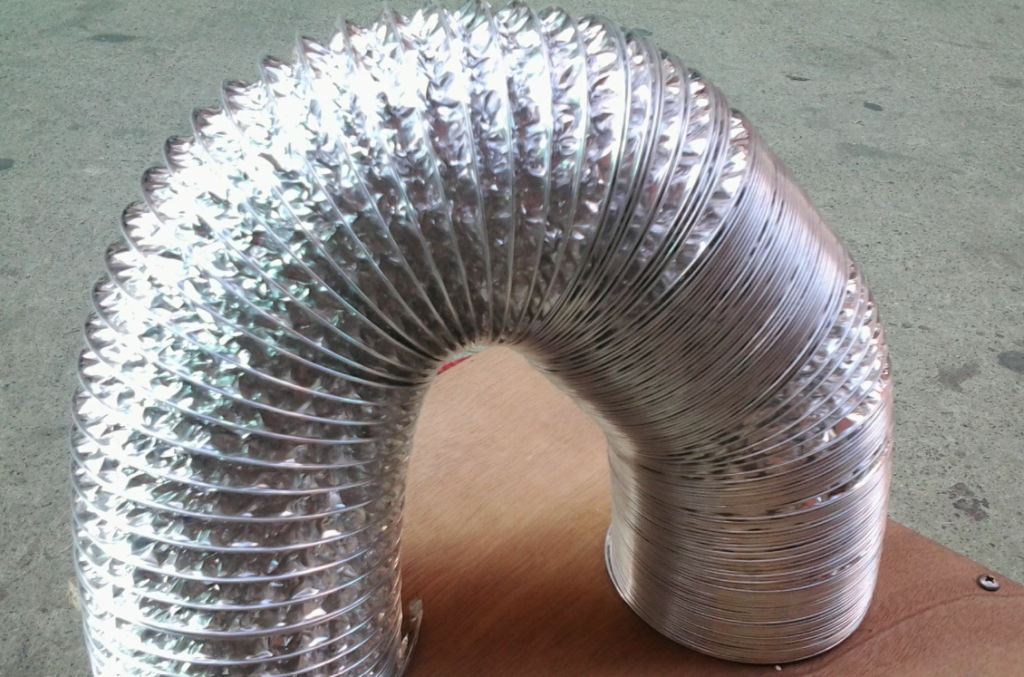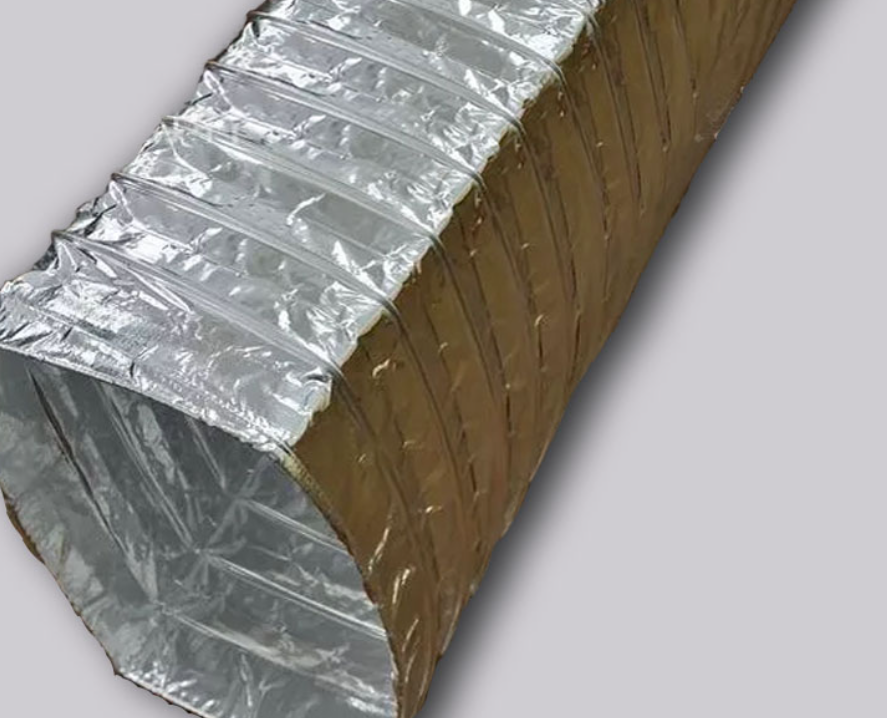Aluminum foil air ducts are a popular choice in HVAC (Heating, Ventilation, and Air Conditioning) systems due to their numerous advantageous characteristics. These ducts, constructed with layers of aluminum foil, exhibit properties that make them highly efficient, durable, and sustainable. In this article, we will delve into the key characteristics of aluminum foil air ducts and their benefits in various applications.
Thermal Efficiency
Aluminum foil air ducts are renowned for their exceptional thermal efficiency. The reflective surface of the aluminum foil helps to minimize heat loss or gain within the ductwork, ensuring that conditioned air reaches its destination at the desired temperature. This property is crucial for maintaining energy efficiency in HVAC systems and reducing heating and cooling costs.

Lightweight Construction
Compared to traditional duct materials such as sheet metal, aluminum foil air ducts are significantly lighter in weight. This lightweight construction makes them easier to handle and install, reducing labor costs and simplifying the installation process. Additionally, the lightweight nature of aluminum foil ducts puts less strain on supporting structures, making them suitable for a wide range of building types and configurations.
Flexibility and Adaptability
Aluminum foil air ducts are highly flexible and adaptable, allowing them to be easily routed through tight spaces, around obstacles, and in complex building layouts. This flexibility makes them suitable for retrofitting existing buildings as well as for new construction projects. Contractors can customize aluminum foil ducts to meet specific design requirements, ensuring optimal airflow distribution throughout the building.
Corrosion Resistance
One of the key advantages of aluminum foil air ducts is their inherent resistance to corrosion. Unlike traditional duct materials such as galvanized steel, aluminum foil does not rust or corrode when exposed to moisture or environmental contaminants. This corrosion resistance prolongs the lifespan of the ductwork, reducing the need for frequent maintenance and replacement.
Airtight Seal
Aluminum foil air ducts can be sealed airtight, preventing air leakage and ensuring efficient airflow within the HVAC system. Properly sealed ductwork minimizes energy losses, enhances indoor air quality, and improves the overall performance of the HVAC system. By reducing air leakage, aluminum foil ducts help to maintain consistent temperatures and reduce energy consumption.

Sustainability
Aluminum foil air ducts are environmentally friendly and sustainable options for HVAC ductwork. Aluminum is a recyclable material, and the production of aluminum foil typically requires less energy compared to other metals. Additionally, the long lifespan of aluminum foil ducts reduces the need for frequent replacements, minimizing waste and environmental impact over time.
In conclusion, aluminum foil air ducts offer a host of beneficial characteristics that make them an excellent choice for HVAC systems. From thermal efficiency and durability to flexibility and sustainability, these ducts provide reliable and cost-effective solutions for commercial, residential, and industrial applications. As the demand for energy-efficient and sustainable building technologies continues to grow, aluminum foil air ducts are poised to play a significant role in shaping the future of HVAC systems.


